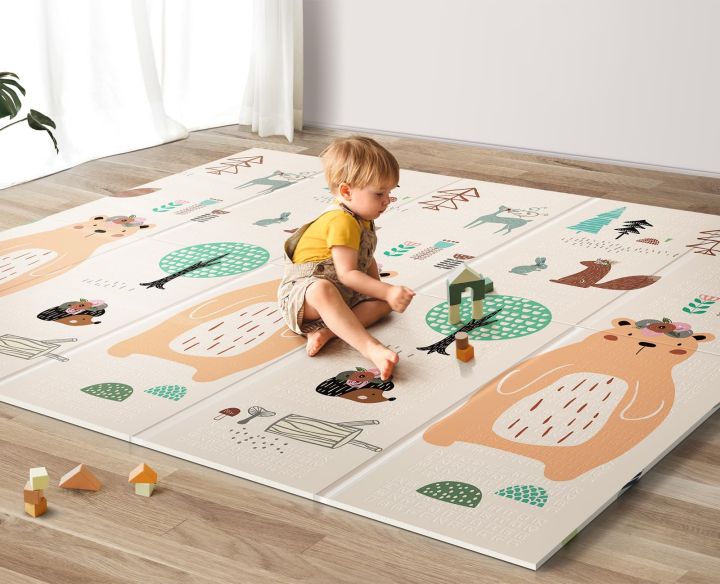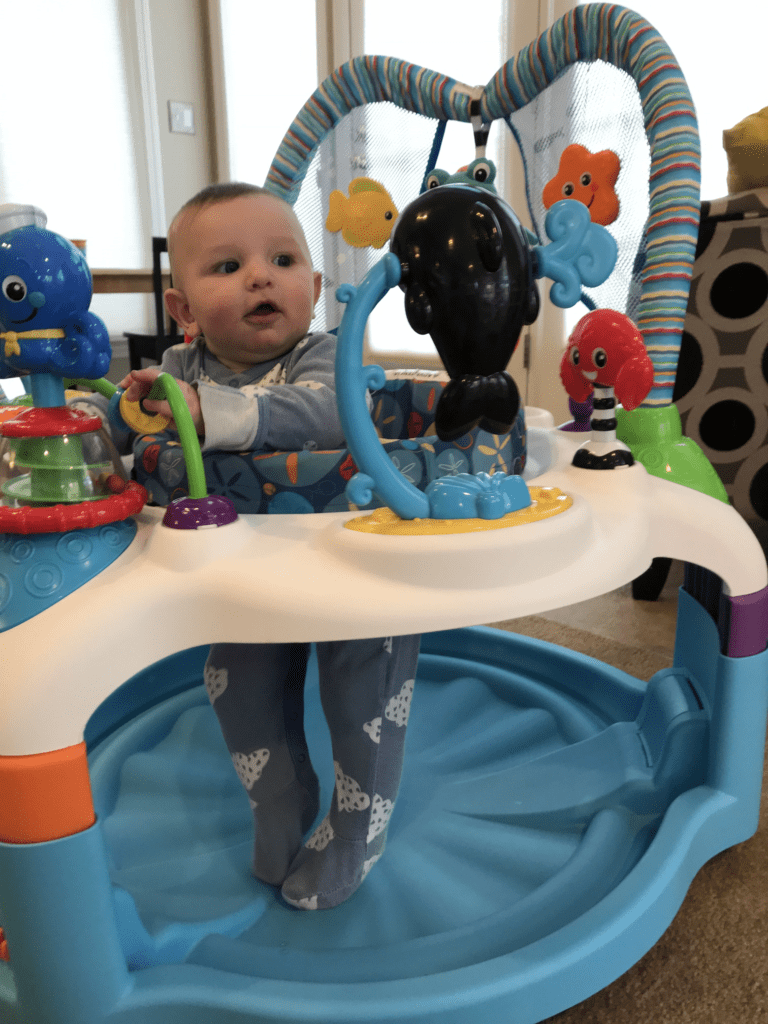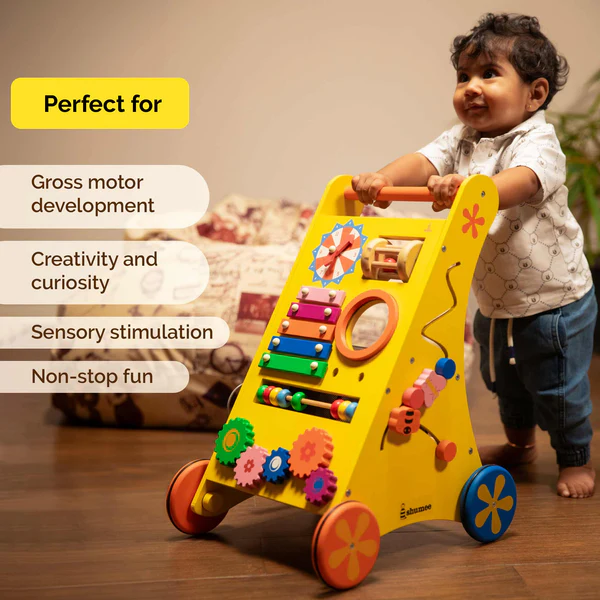Baby walkers have become a staple in many households, just like strollers, high chairs, and car seats. However, unlike these other baby essentials, baby walkers spark debate and controversy among parents and medical professionals. While they promise to help babies learn to walk faster, the most important question is are baby walkers safe?
The Risks of Using Baby Walkers
Before deciding whether to buy a walker, it’s important to understand the risks involved:
More than 9,000 US children are injured by infant walkers every year
CNN

1. Increased Risk of Accidents
Many parents assume that baby walkers help their children move around safely, but the truth is quite the opposite. Since walkers allow babies to move faster than they naturally would, they are at a higher risk of:
- Falling down stairs
- Bumping into sharp edges
- Pulling dangerous objects down (such as tablecloths or cords)
- Tipping over due to instability
2. Delayed Motor Development
Contrary to popular belief, baby walkers do not help babies learn to walk faster. Studies show that excessive walker use can actually delay walking and hinder natural muscle development because babies rely on the walker for support rather than using their legs and core muscles to balance.

A baby starts to walk independently around the age of 10 to 12 months. However, they like to be held in a standing position from the age of 6 months. This is assisted by the walker which will support the toddler to stay in the standing position. The act of independent walking requires the baby to pull up from a sitting to a standing position and then walk using the strength of his thigh muscles. When babies are plopped up in walkers, it will delay this process. Instead, babies should be kept on the floor and allowed to stand by holding on to a stand, couch or caregiver.


3. Poor Posture and Coordination
Babies in walkers tend to use their toes to move, which may lead to toe-walking habits and poor posture. Over time, this can affect their walking mechanics and slow down the natural development of proper walking patterns.
Safer Alternatives to Baby Walkers
If you’re concerned about the risks of baby walkers but still want to support your child’s physical development, consider these safer alternatives:
1. Activity Mats

Activity mats provide a safe space for babies to explore by sitting, crawling, and strengthening their upper body. These mats encourage independent movement without the risks associated with walkers.
2. Stationary Activity Centers
Unlike walkers, stationary activity centres do not have wheels, preventing babies from moving into unsafe areas. Instead, they allow babies to stand, bounce, and play with interactive toys, promoting balance and coordination.

3. Exersaucers
Exersaucers resemble baby walkers but without wheels, making them a much safer option. The built-in seat allows babies to sit or stand while engaging with toys, stimulating their senses and improving motor skills.
4. Push Walking Toys
Push walkers encourage natural walking development as babies stand up and push the toy forward. These must be used under adult supervision in a safe, obstacle-free space to avoid falls.

5. Play Pens
A play pen combines the benefits of an activity mat with a protective fence, creating a safe, enclosed area where babies can practice standing and moving without the risk of falling or wandering into danger.
Final Verdict: Should You Use a Baby Walker?
While baby walkers may seem convenient, their risks outweigh their benefits. Experts, including paediatricians and child safety organizations, strongly discourage the use of walkers due to the potential for injuries and developmental delays. Instead, choosing safer alternatives like playpens, activity centres, and push walkers will allow your child to develop essential motor skills naturally and safely.
